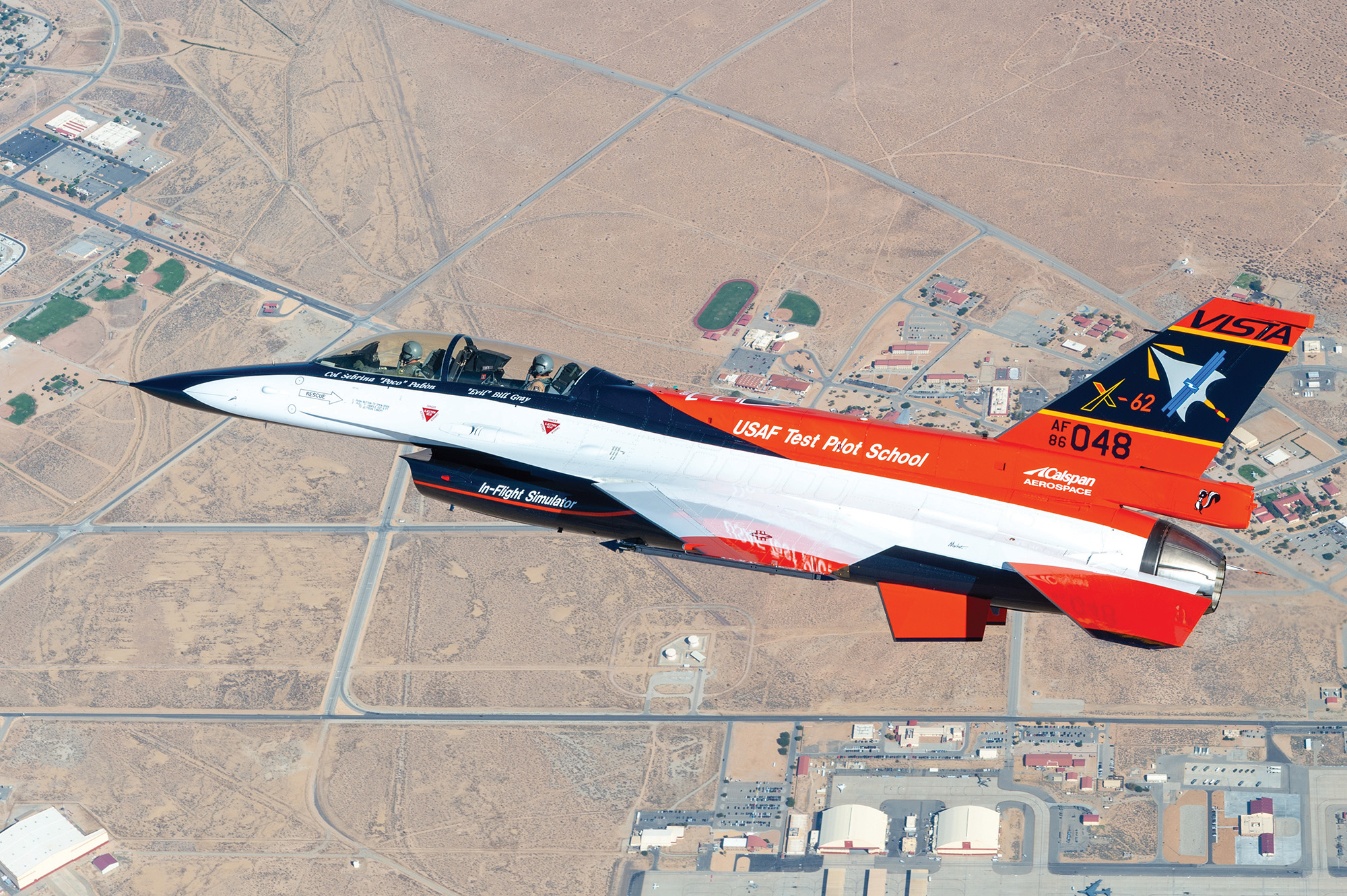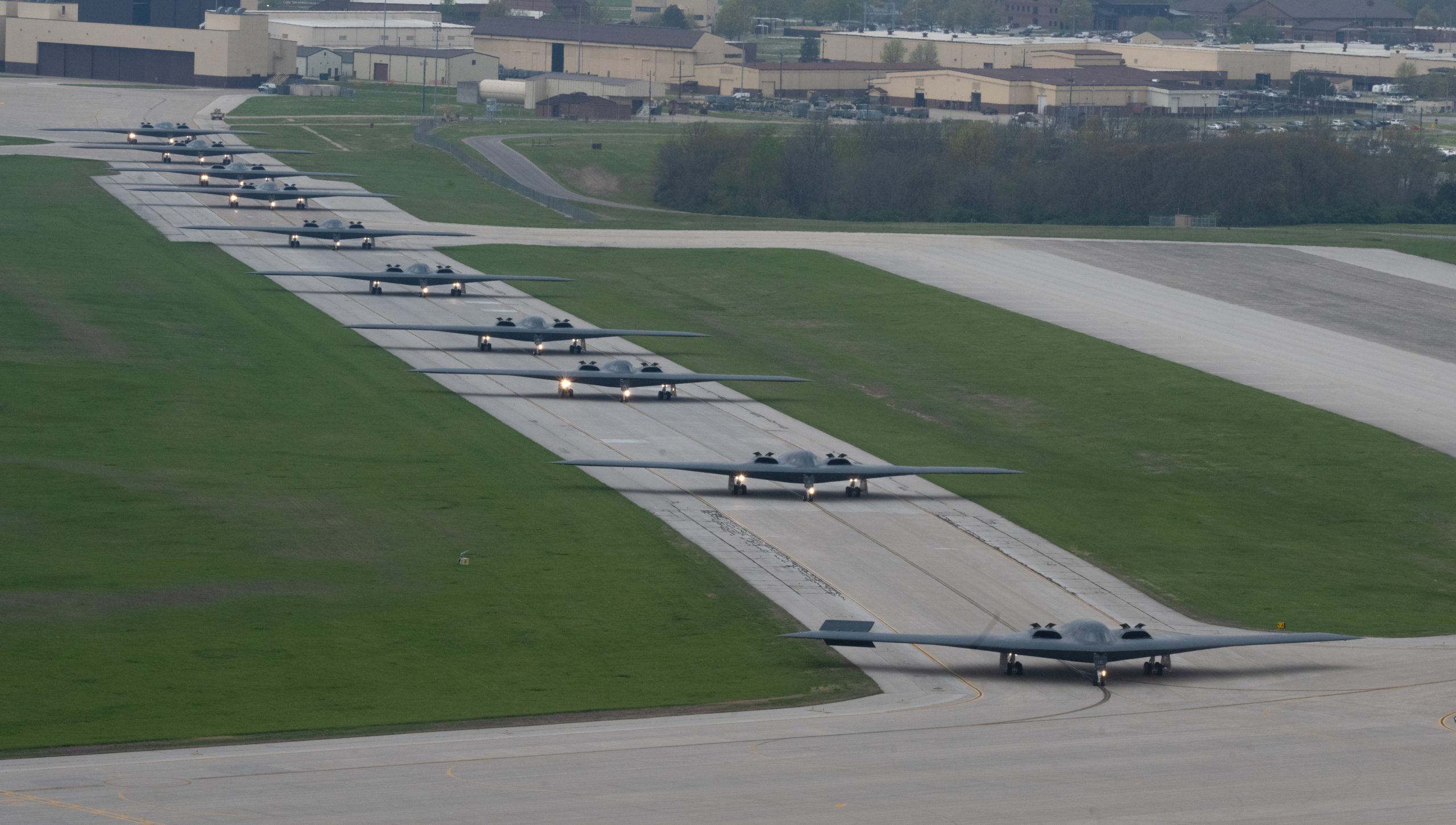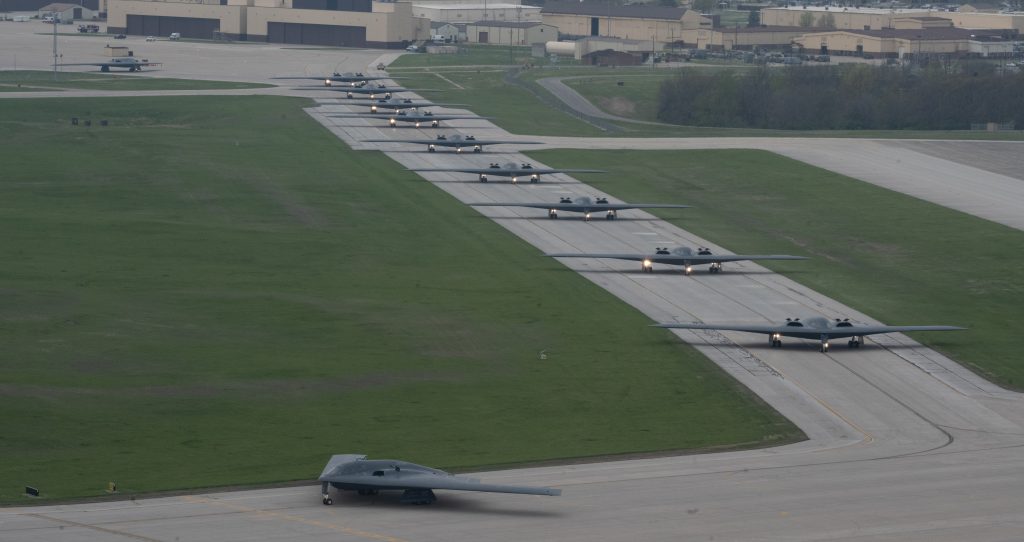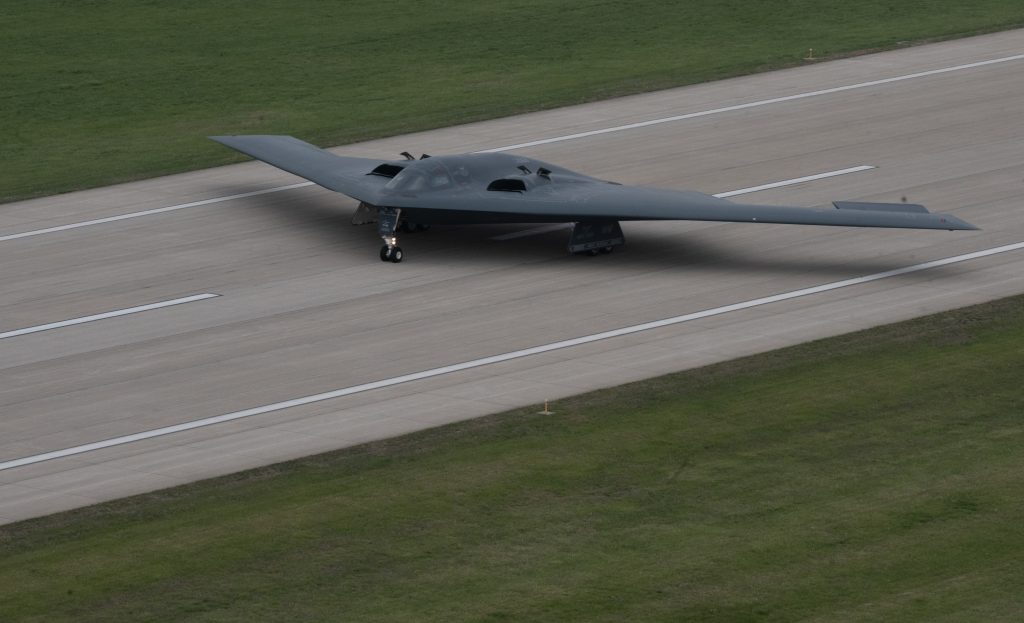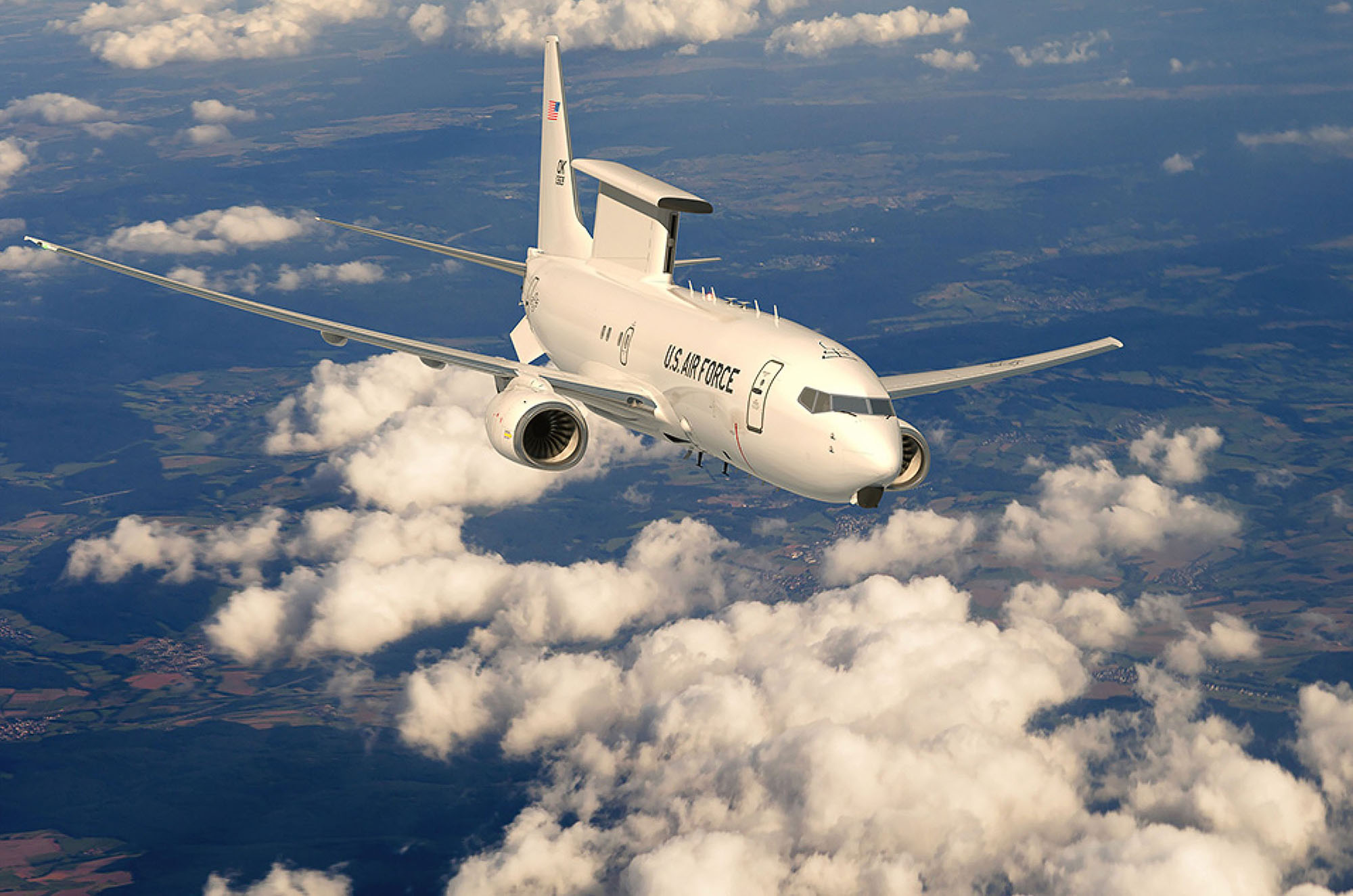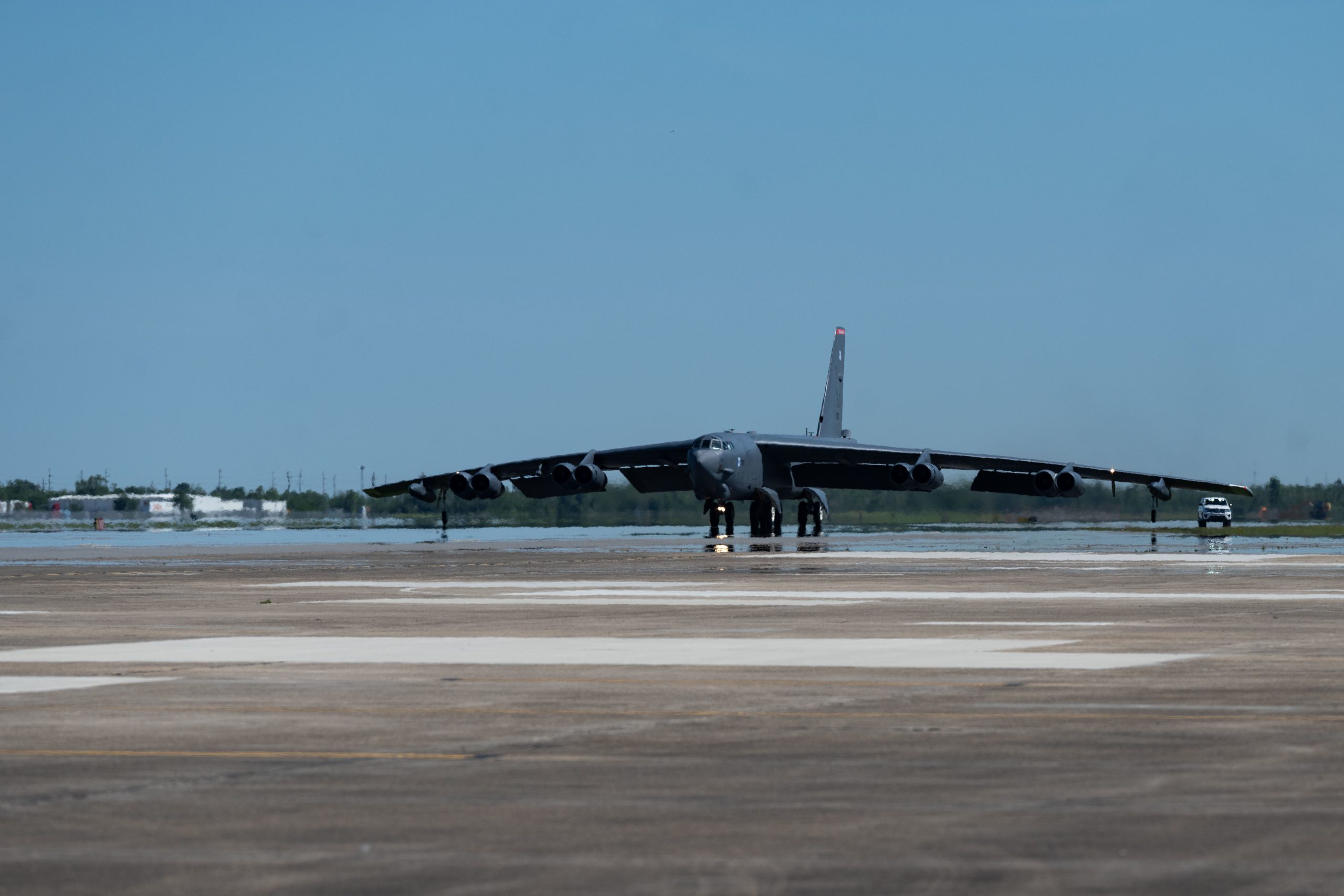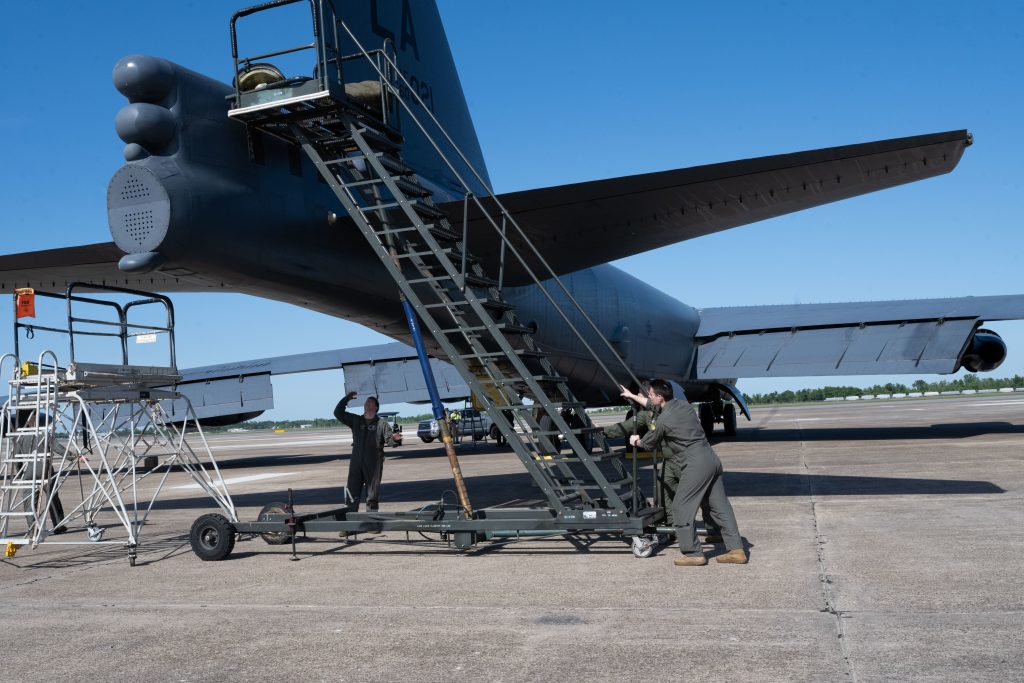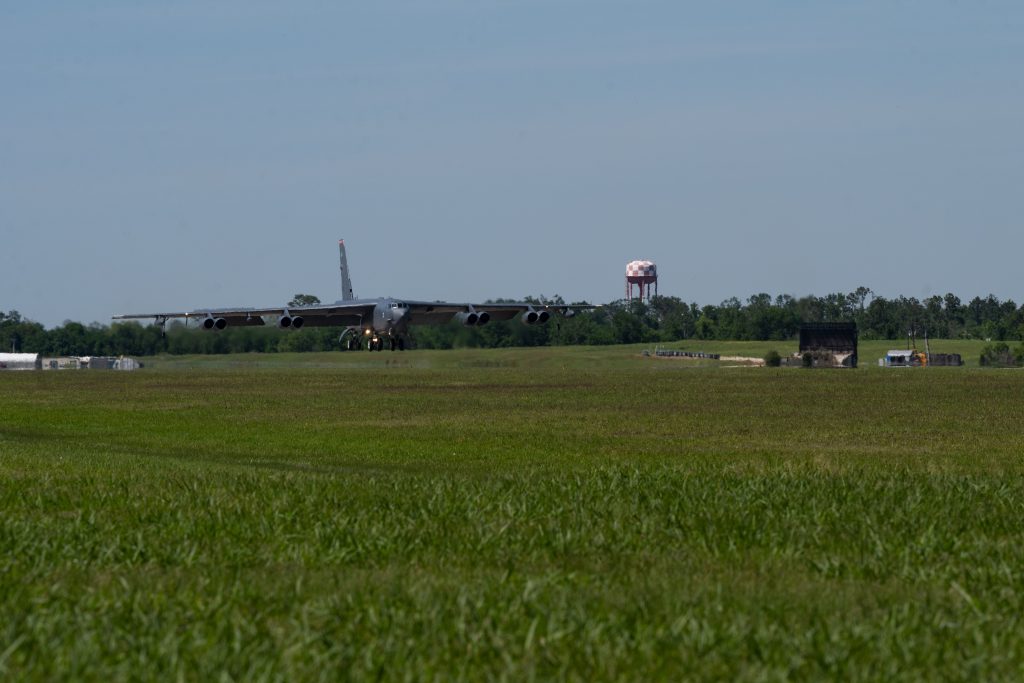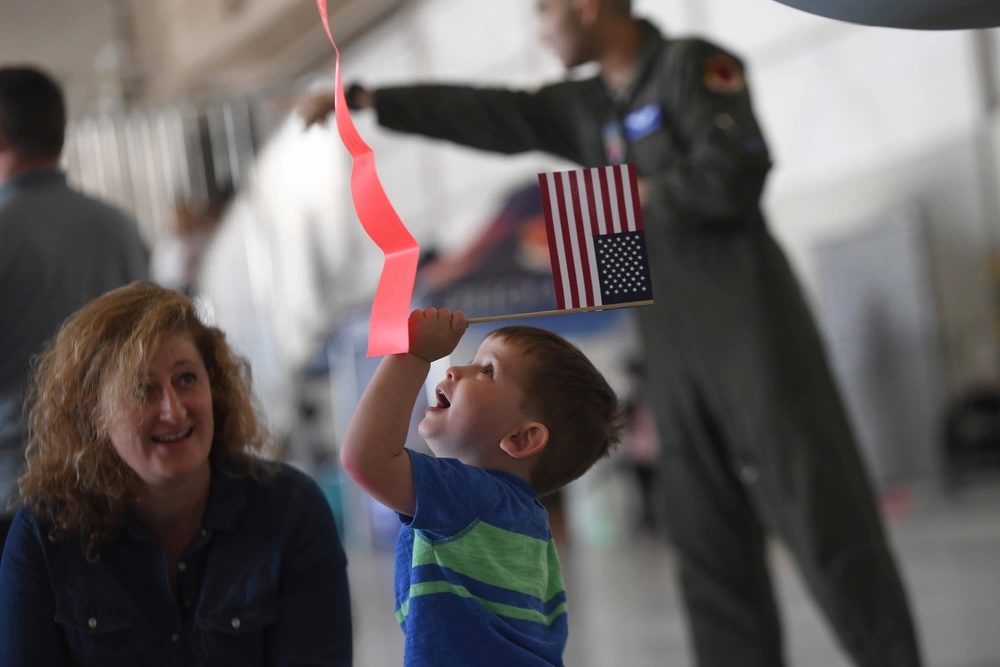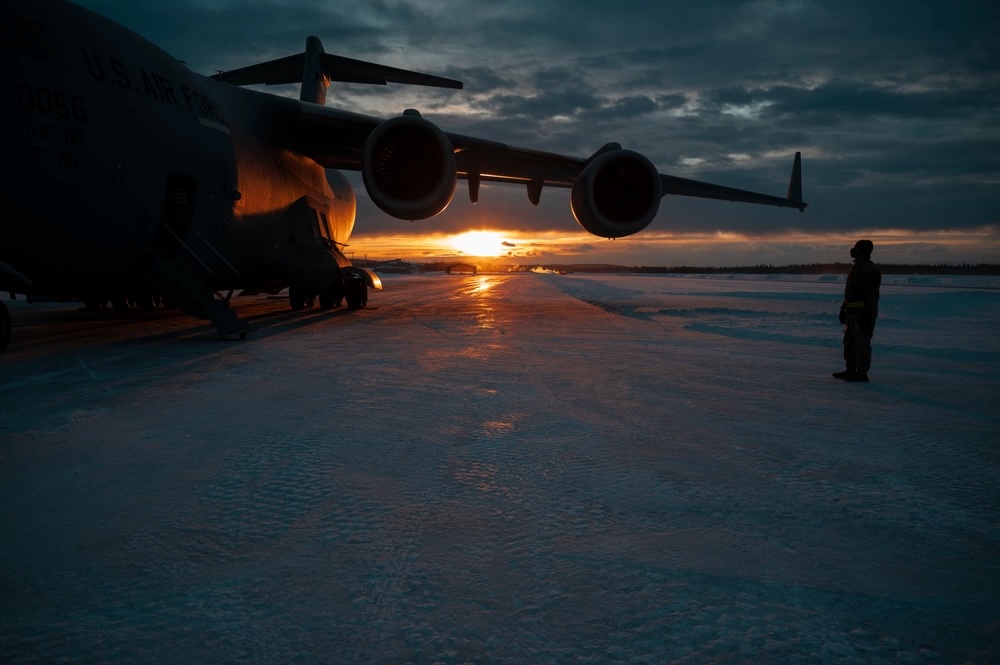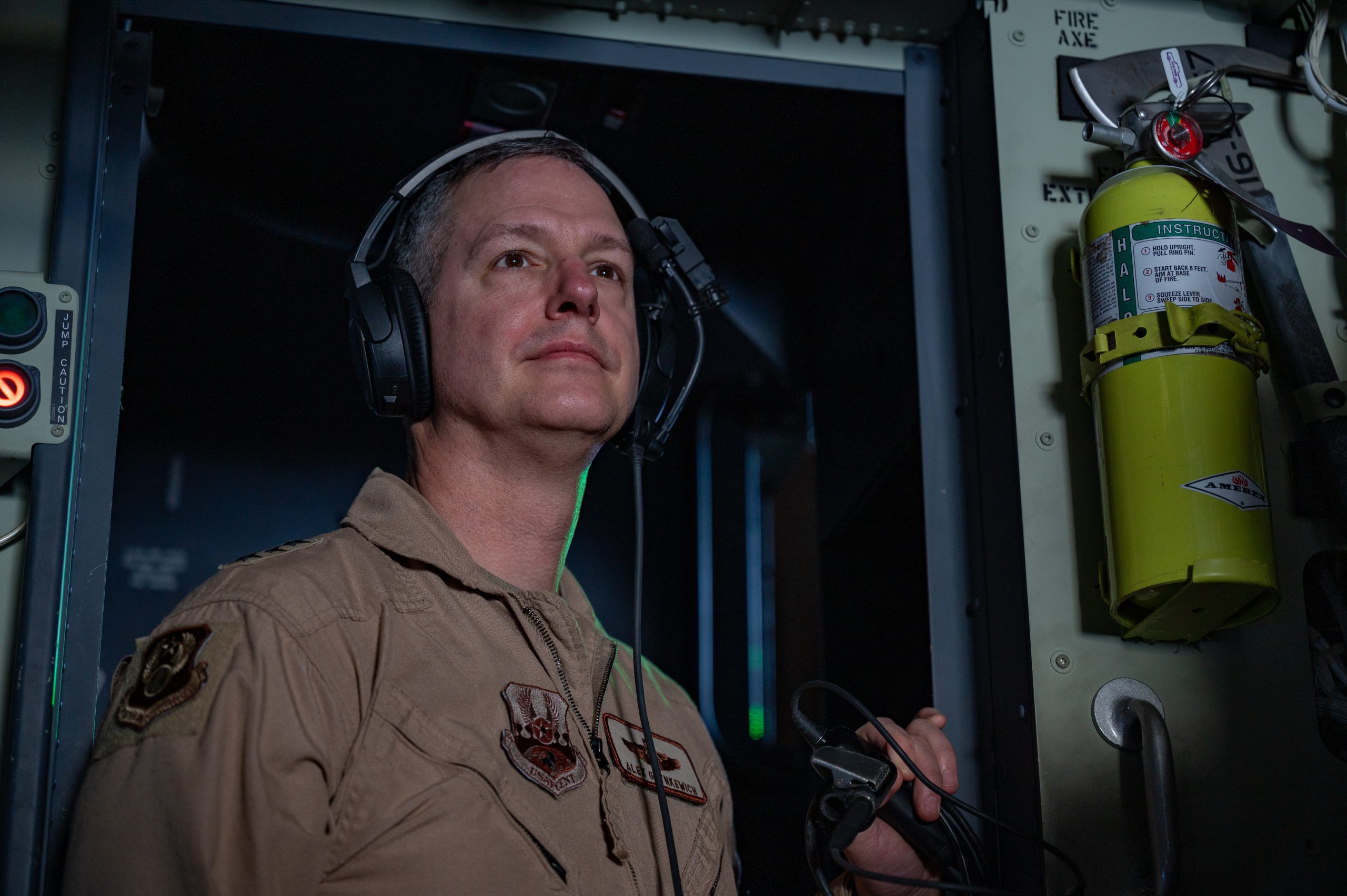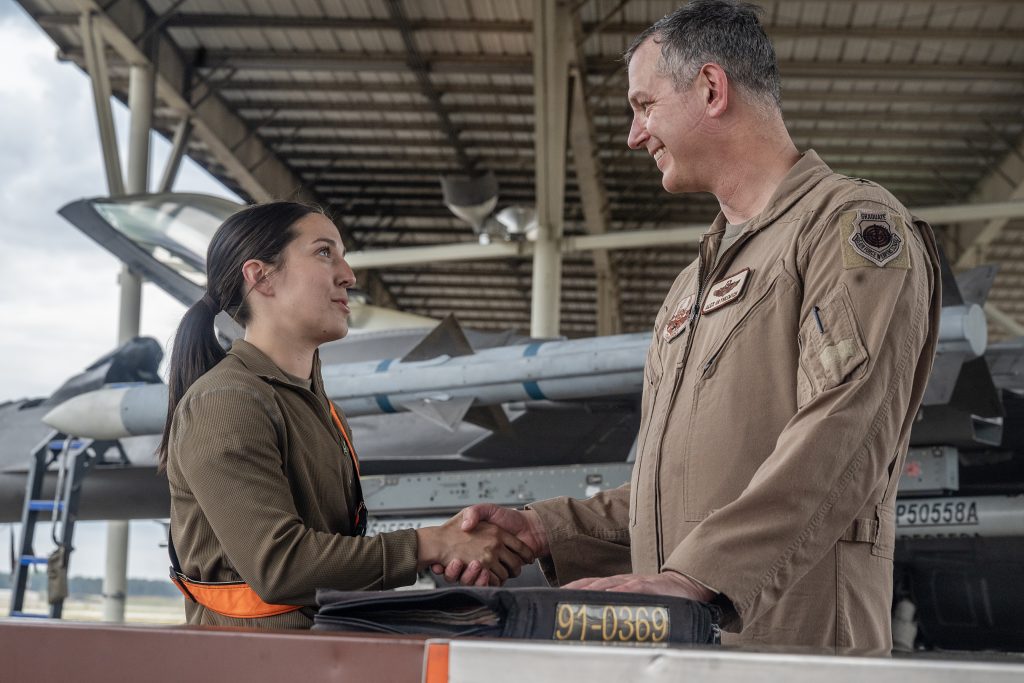The first live-fly dogfights between an artificial-intelligence-flown jet and human pilots took place last fall, the U.S. Air Force and the Defense Advanced Research Projects Agency revealed April 19. Ongoing testing of the capability will help inform the development of Collaborative Combat Aircraft, of which the USAF expects to field more than a thousand in the next decade.
The AI was loaded aboard the Air Force’s X-62 VISTA (Variable Stability In-flight Simulator Test Aircraft), a highly modified F-16 research aircraft, and flew multiple dogfight engagements against stock F-16s flown by human pilots, according to Lt. Col. Ryan Hefron, program manager for DARPA’s Air Combat Evolution (ACE) project, and Col. James Valpiani, commandant of the Air Force Test Pilot School, who spoke to reporters in a teleconference about the effort.
Hefron declined to divulge the outcome of the initial dogfights, citing classification.
The ACE program has been underway for four years, he said, and the AI was trained not by feeding it hundreds of pilot engagement reports but by allowing the program to teach itself dogfighting by running “billions” of simulations about how to maneuver the aircraft given a wide range of demands, conditions and mission rules of engagement. The AI algorithms started non-dogfight flight tests on VISTA in late 2022, accomplishing 21 such missions before the dogfight phase. During the run-up, the two-seat VISTA had two pilots on board, switching between various AI agents to evaluate their performance. But Hefron said they never had to take control away from the AI.
The AI was first verified in computer simulations. There, Hefron said, the AI consistently prevailed against human pilots. But the simulations didn’t include rules on how “not to break the airplane” by overloading its structural limits. That was added before the live-fly elements were begun.
In the exhaustive virtual engagements over several years, the AI was “rewarded”—a computing term for something akin to emphasis—when it did the right thing and corrected when it did the wrong thing. Valpiani said that only when simulations showed it was routinely safe did the action move to life-fly engagements.
The key to the effort so far has been operating safely, in order to give pilots confidence that the AI can be trusted to function as expected, Hefron said.
Air Force Secretary Frank Kendall will soon fly in the VISTA to see firsthand how the experiments work.
In the dogfights, VISTA built up to full-on dogfighting by first flying defensively, then gradually being put more on the offense, often coming within 2,000 feet of a human opponent and flying at Mach 2. Flight test school students had a major hand in designing the tests, Valpiani said.
Valpiani and Hefron said a variety of dogfight situations were tested, including head-to-head engagements, and engagements where the dogfight started with one aircraft already in a disadvantaged position.
Gen. Mark D. Kelly, the recently-retired former head of Air Combat Command, had been cautious in recent years about human-machine teaming for air combat, insisting that before the Air Force plunges headlong into acquiring thousands of CCAs, fighter pilots who would collaborate with them must be completely satisfied that they can be trusted and are safe to fly with or the pilots would resist the technology.
Dogfighting is “inherently very dangerous,” Valpiani said, citing dozens of midair collisions in the F-16 and F/A-18 communities over the last few decades. It’s one of the “most difficult” aerial skills to master, he noted. That’s why the prime consideration in the “crawl-walk-run” effort has been on safety.
The autonomy builds on efforts such as the F-16’s Collision Avoidance System, he said, in which programs onboard the fighter will take control and steer clear of an impending air or ground crash if the pilot is not doing so. The system has saved a number of lives.
But air combat is much more complex than flying point-to-point or simply avoiding hazards, Valpiani noted, calling it the most stressing “challenge case” for an AI because it is such a dynamic activity, happening at high speed.
Lessons learned so far include how to quickly adapt the AI agent and load it into the aircraft, “plane-side” with laptops, or sometimes after takeoff. More such tests are contemplated and will pick up pace as the Air Force simultaneously launches the CCA development program with a contract to two or three companies later this year.
